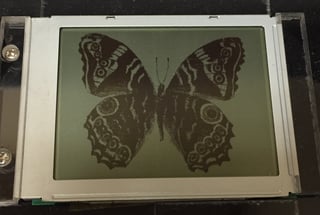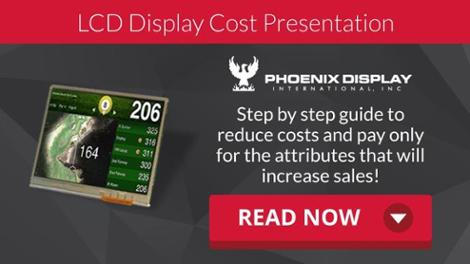Once it’s recognized that a custom display will be a better design and lead to a lower overall system-level cost it’s time to dive into the actual tooling costs.
There are many factors that go into determining the upfront tooling. There’s also due diligence to be performed prior to making this commitment to ensure that this new custom display supplier will effectively support you over the long term.Customization can either be semi-custom or fully custom. Semi-custom is where some attributes of a standard product are modified to fit the application. In contrast, fully custom is where the design is started from scratch and each component is designed from the ground up.
Semi-custom is typically the preferred option to start with. And in the case of color TFT, it’s typically the only option, as the TFT panel comes with a significant tooling and minimum order quantity (MOQ) such that the customization costs outweigh the drawbacks of using the closest standard TFT glass platform available.
LCD Tooling Costs
To give a better understanding of these costs, we’ve listed the typical tooling costs associated with most LCD display customizations:
a) Custom monochrome displays — creating a fully custom monochrome display (without a touch panel) hovers around $4,500 – $6,500.
b) Custom color TFT displays — the bulk of this cost comes from the TFT glass cell at $70K–$200K depending on the type of TFT cell used (standard TN or IPS). The balance of the module is an additional $5,000 – $15,000.
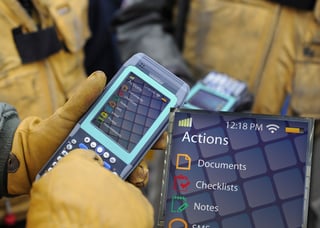
c) Custom Monochrome Glass – tooling is typically $2,000 - $2,500 for the glass only portion of the display.

d) Minor changes — changes of viewing angles, transmissive or transflective monochrome displays, or polarization types are generally at no cost.
- e) PCB (printed circuit board) — changes to the PCB are typically $500 – $1,500.
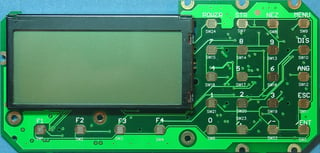
f) Touch panels — resistive touch panels cost approximately $2,500, while capacitive touch panels can range between $4,000 and $10,000. If a standard capacitive touch sensor can be used, and only a custom top surface is customized, the tooling can be reduced to only $1,500.
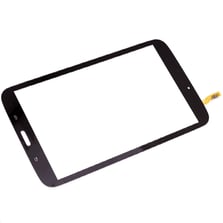
g) Backlights — monochrome display backlights are less complex and cheaper to tool at $2,000 – $4,000. The color counterpart, due to its high brightness requirement, will run between $4,000 and $10,000.
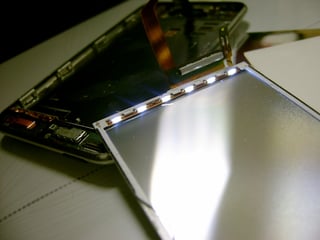
h) Metal bezels — a custom bezel is about $1,500 in tooling.
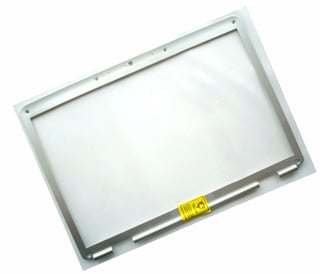
i) Overlays — this can vary significantly depending on the complexity of the screen printing, as well as any additional features, such as button or LED indicators. The overlay will typically range from $1,500 - $4,500.
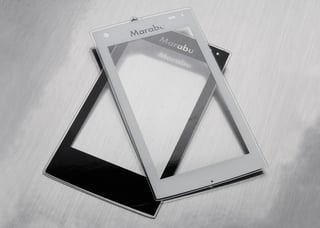
Now that we’ve reviewed some of the costs associated with custom displays, here are some tips you can use to make sure that you move forward with the right partner that will then support this custom display for the long term.
Select a Manufacturer That’s Equipped for Your Volume
Many LCD display manufacturers try to accommodate all order volumes they receive. While this allows them to serve a wider range of customers, it makes them less specialized for serving certain types of customers. As a result, your specific production volumes may be prohibitively expensive.
Seek out a display manufacturer who is optimized to handle your specific production needs for LCD displays. This is necessary to get the display for the right cost and the appropriate level of support.
Pick a Supplier That Considers the Semi-Custom Route First
Always start with a semi-custom approach. Use the available standard products to base the new design on, and then keep modifying as needed. This results in the lowest tooling costs and an easier design process. And in the case of color TFT, unless you are developing the next iPhone, design your display based on one of the standard glass platforms readily available. Then from there, redesign the backlight and the mechanical and electrical interface for your specific application.
Choose a Provider with a Track Record of Both Quality and Customer Satisfaction
Behind every great company are happy customers. Find out whether your supplier has them. Make sure that when this experience is handed off from your supplier’s sales and design team, the production team is just as good and accommodating. This can be accomplished through references and audits.
Initiating a successful relationship for a new custom display is all about having an open and transparent relationship with the right partner. And by designing the ideal custom or semi-custom display with this partner, you can ensure you’re getting the best possible solution for your company.
Interested in learning more? You can click here to watch informative videos about custom displays (and other display-related subjects).
And to find out how easy we could integrate with your organization as your new display supplier, please contact us.


